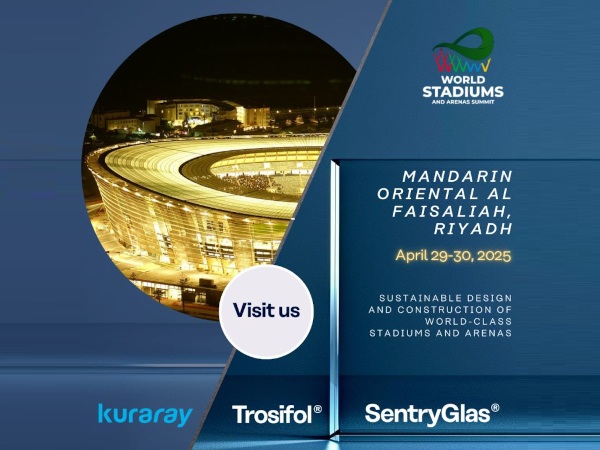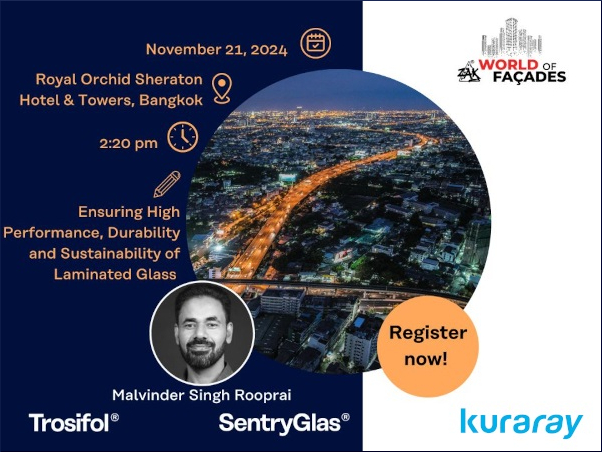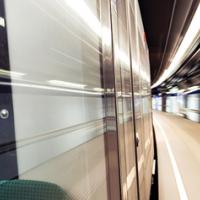Date: 29 October 2015
However, the industry has now seen a shift from monolithic glass fins to laminated glass fins. But the buckling equations given by AS 1288 - 2006 do not take into account the effect of interlayer on the buckling strength of glass fins, therefore it became a driving factor for KIS to explore this area for the benefit of the glazing and architectural industries.
Due to the long slender nature of fins, the typical failure mode is lateral torsional buckling. The objective for the paper was to compare several mathematical approaches to fin design in regards to lateral torsional buckling, including both monolithic and laminated structures. It also provided a review of full-scale mechanical testing, finite element techniques and published buckling equations of structural glass fins for eight different constructions, demonstrating the effects of different interlayers in laminated glass fins.
The paper went on to explain the theory behind the new formulae and how the equations and modeling methods were subsequently validated using mechanical testing of full-scale fins. Various conclusions were reached:
- The buckling capacity of a glass fin with a stiff interlayer is higher than with fins with a soft interlayer.
- Glass samples with stiff interlayers were slightly stronger than monolithic glass of almost equal thickness.
- The fin tests, FEA and Dr. Luible’s buckling equations produced similar results.
The ultimate conclusion was that glass fins fabricated using SentryGlas® (Ionoplast) and TROSIFOL® PVB provided comparable lateral torsional buckling results to equivalent-sized monolithic glass, with additional post-glass-breakage stability and strength. Furthermore, stiffer interlayer materials such as SentryGlas® and TROSIFOL® result in thinner glass, narrower geometries, higher load capabilities and the ability to span longer distances in comparison with softer interlayer materials.
To download a copy of the full white paper, please visit ››













Add new comment